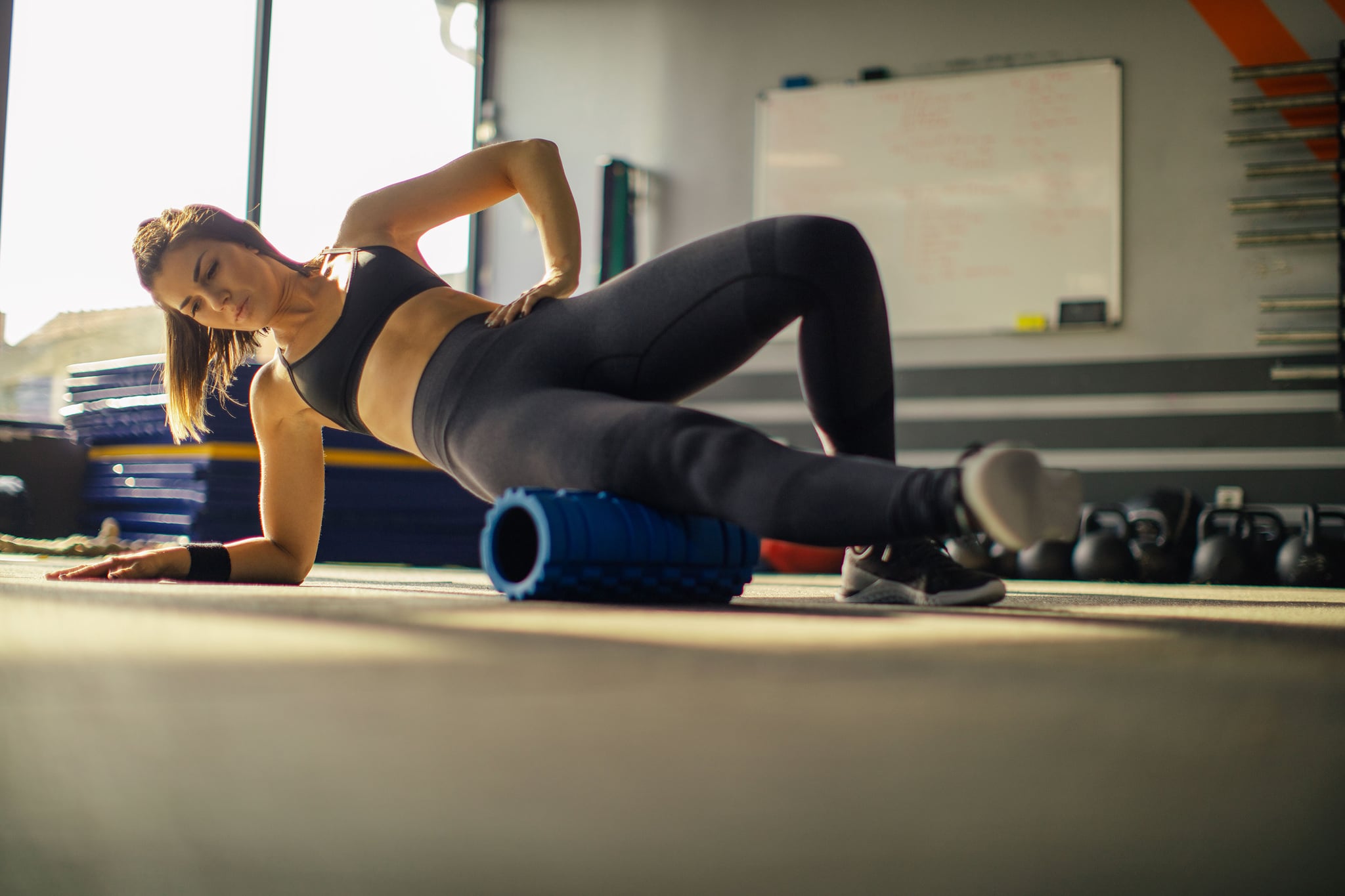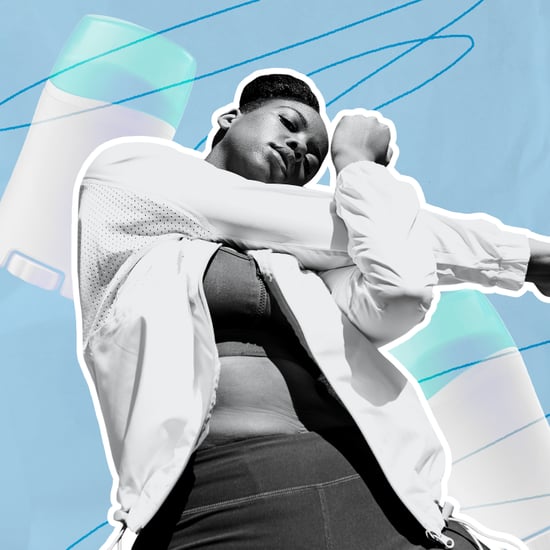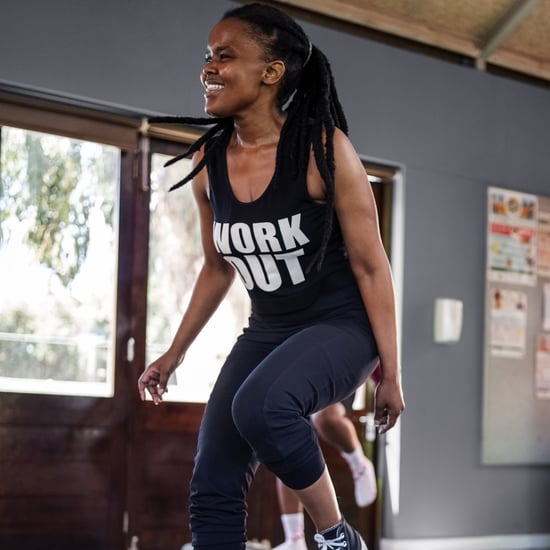Should I Foam Roll Before or After a Workout?
Should I Foam Roll Before or After a Workout? A Physical Therapist Has the Answer

Reasons to Foam Roll
Foam rolling is a self-applied massage technique used to achieve soft tissue (muscle, fascia, etc.) mobilization, explained physical therapist Erin Adams, DPT, CMTPT (certified manual trigger point therapist) from Fit2Perform. Studies show that foam rolling enhances joint range of motion, as well as pre- and post-exercise muscle performance.
If you, like most of the population aren't getting daily or even regular massages from a skilled and licenced massage therapist, foam rolling offers a way to achieve similar results. The advantage of a foam roller is that you can do it every day, not just when you can afford it or find time in your busy schedule. Like massages, foam rolling increases blood flow and tissue temperature, decreases tissue sensitivity or pain, improves range of motion, and decreases tissue stiffness.
Foam rolling can also offer a total-body scan to draw awareness into areas of the body that are sore, tight, or painful, and that may require additional focussed work with a lacrosse ball.
Should I Foam Roll Before or After a Workout?
A meta-analysis of the effects of foam rolling on performance and recovery focussed on comparing the effects of foam rolling applied before versus after exercise. Erin said it was discovered that pre-activity rolling resulted in improved sprint performance and temporary improvement in flexibility. They also concluded that post-activity rolling reduced muscle pain perception and improved the ability to recover for return to sprinting and strength training.
Erin said that foam rolling is beneficial both for activity preparation (before walking or running, working out, travelling, and stretching) to temporarily improve flexibility and tissue mobility, as well as to speed up post-activity recovery and muscle repair. So she recommends foam rolling both before and after workouts.
She said that another advantage to foam rolling over getting a massage is that it's available to you at any specific time and place when you need it, such as before a strength training session or after a race. Because of her recommendation, I now keep a foam roller in my CrossFit bag.
Tips For Getting More Out of Foam Rolling?
- Variety: Foam rollers come in many different sizes, densities, and some have surface features such as knobs. Use this to your advantage and purchase more than one foam roller for different occasions! A small one for travel, a more dense roller for activity preparation, and a softer one for those days when your muscles are sore.
- Take your time: Initially, perform slow sweeping motions across the entire range of muscle to scan for trigger points or stiffness. Then spend additional time in the bulk of the muscle, typically in the middle one-third of the muscle length. This is where trigger points are most commonly found.
- Trigger points: If you find a trigger point, sustain pressure for 10 to 15 seconds, move on to other areas, and then plan to return to that spot. Release of active trigger points takes persistence and patience.
- Breathe: Holding your breath when rolling will increase muscle tension and muscle guarding which will not allow your muscle to melt over the foam roller. Try to stay relaxed and move with intention.
- Don't be shy! Get those hard-to-reach areas such as your inner thigh and behind your armpit. These areas often get forgotten about, but are common causes of pain and movement dysfunction.






